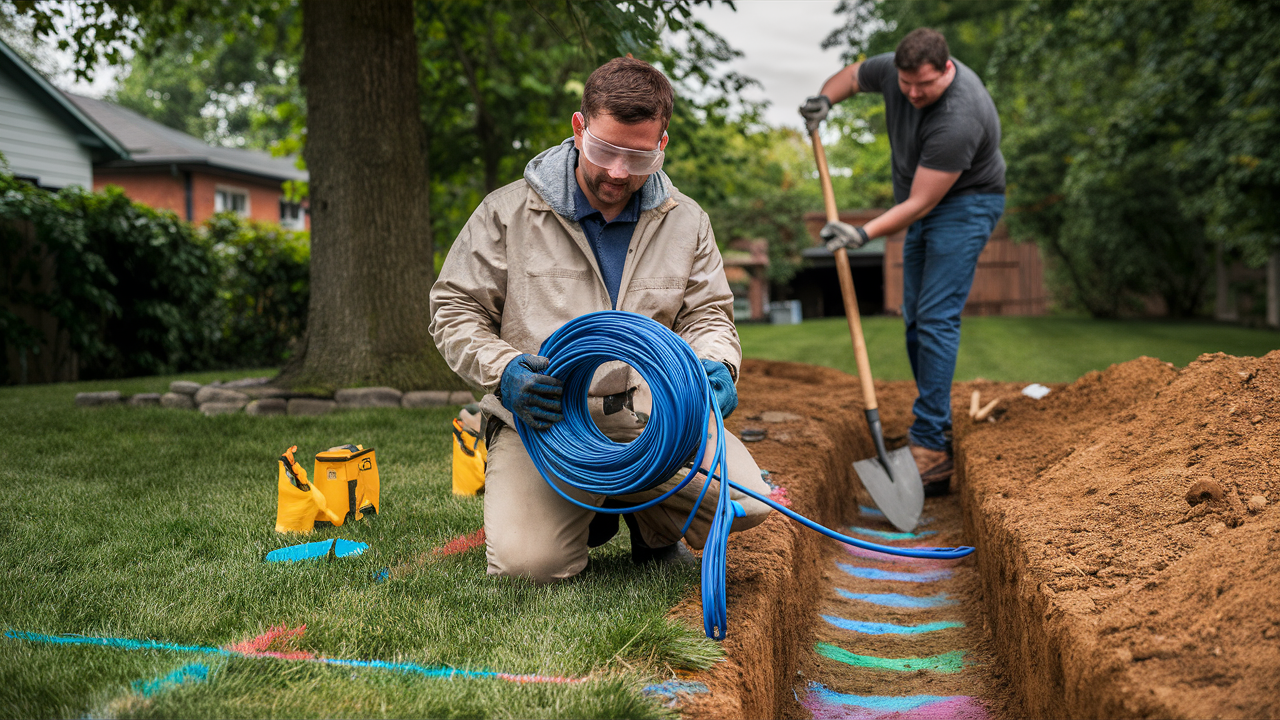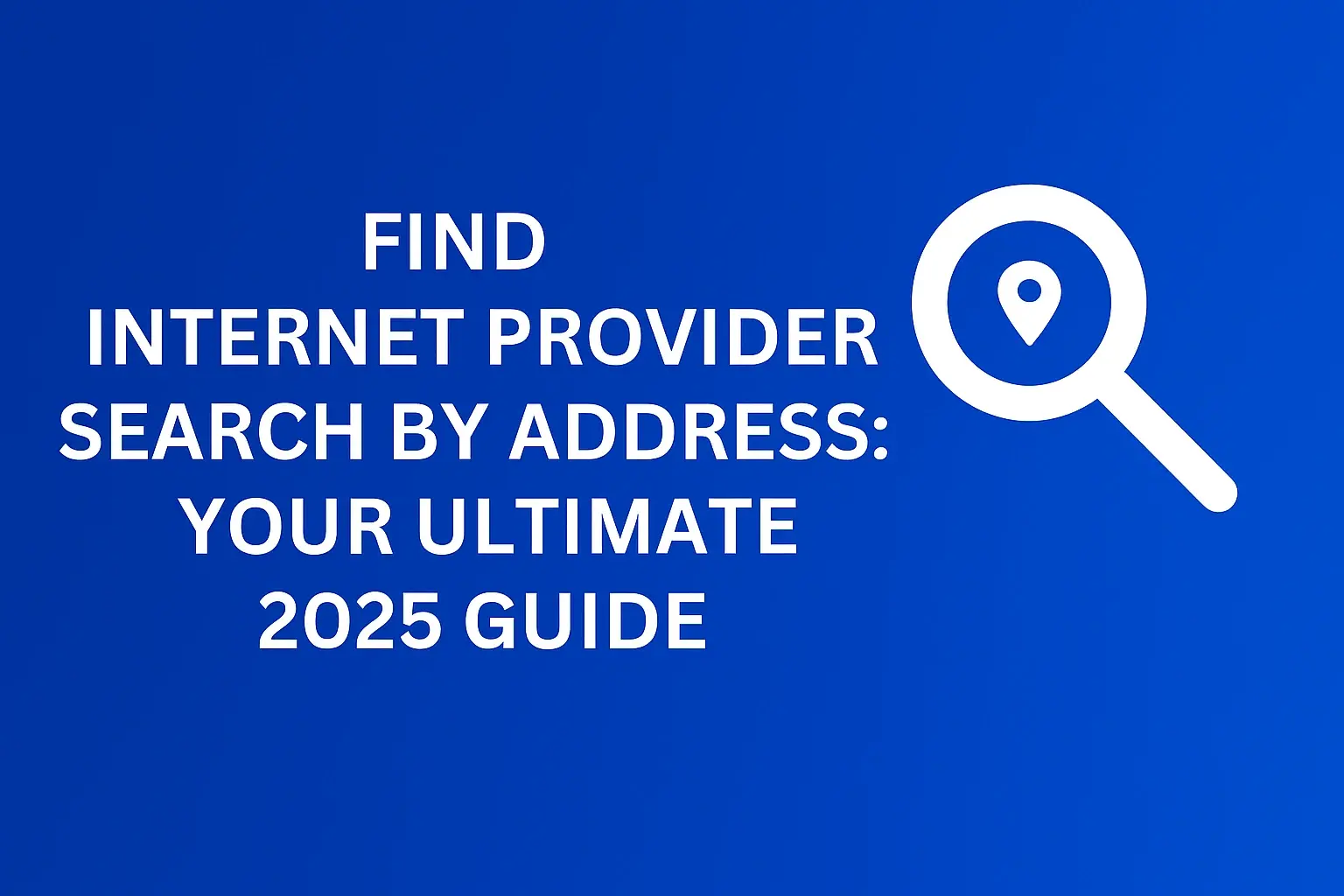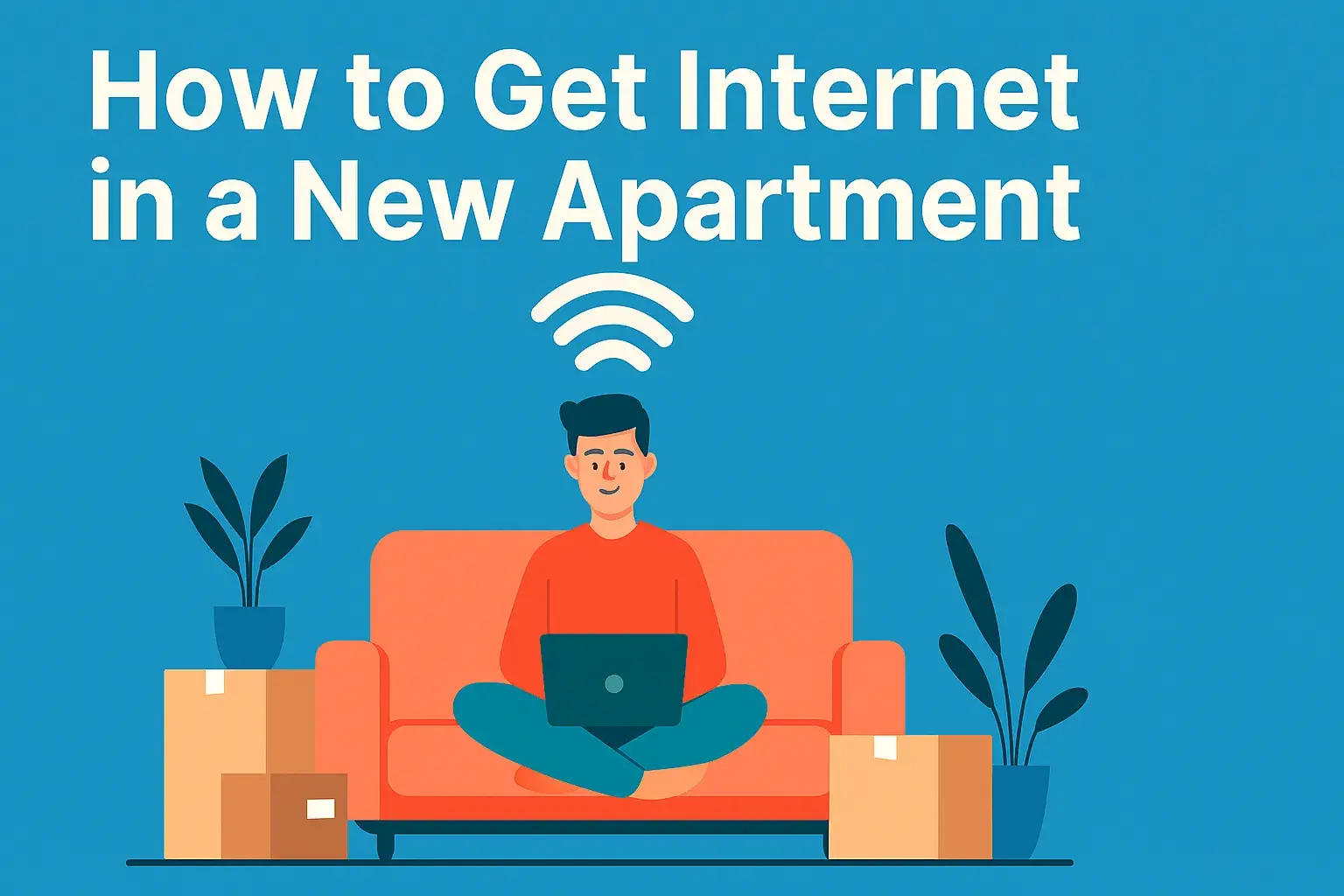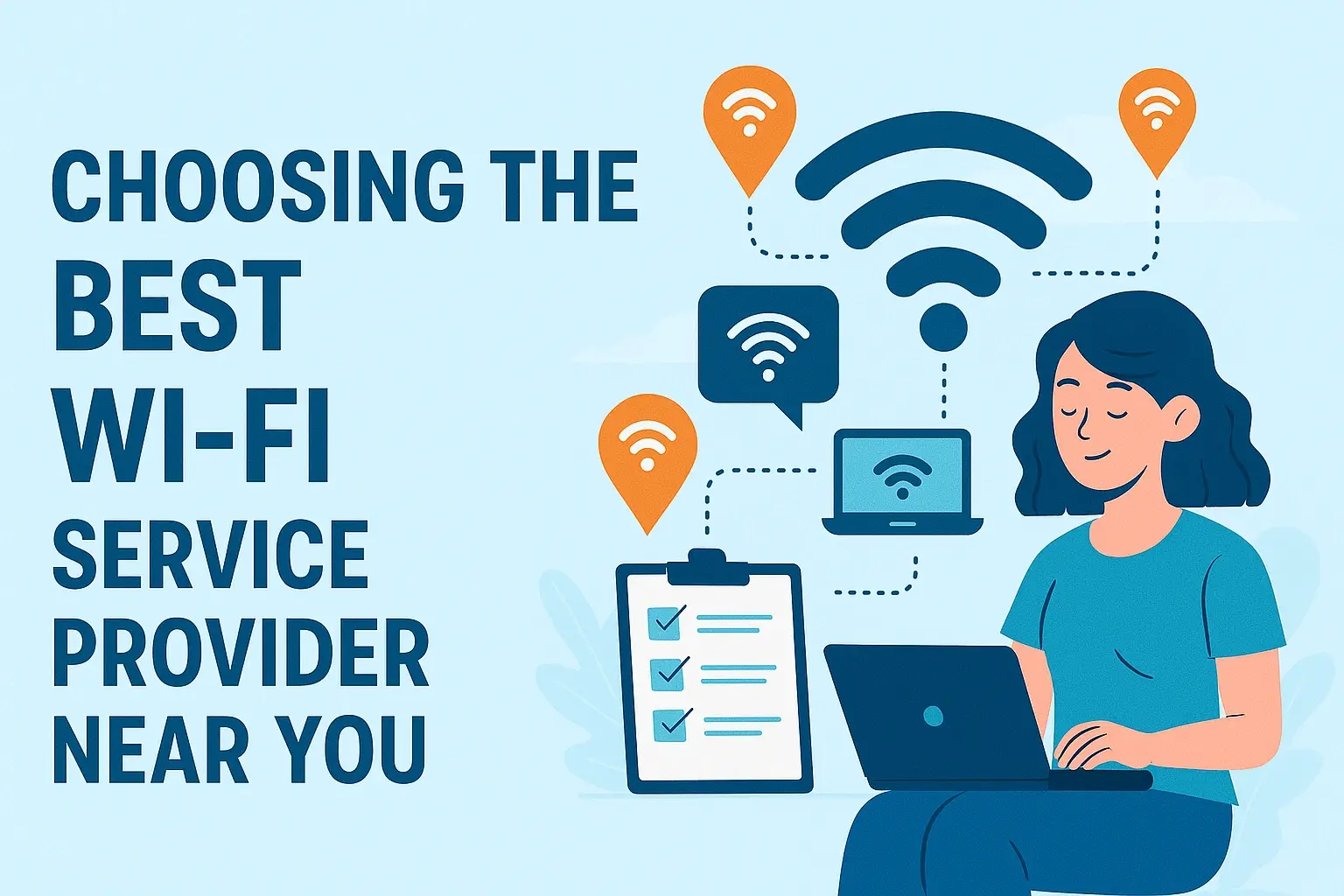Can I bury my own fiber optic cable?

As internet communication speed becomes essential for business and home use, an increasing number of individuals are seeking fiber optic cable connections over cables. Fiber optic cables act at a fast speed and high bandwidth and are less prone to interference or data loss over large distances. However, some disadvantages are inherent to the technology of fiber optic connections: These include the need for special equipment and knowledge to create the proper connections. So can I just bury my fiber optic cable? Well, let us consider it more closely.
The Short Answer
The short answer is no—for public safety and the other reasons you mentioned, one should not try to bury his/her fiber optic lines. It is possible to find and buy fiber optic cable and connectors for terminating the end, but placing fiber optic lines underground is a complex task that demands equipment, certification, permits, and methods that make DIY a reckless idea because you can easily damage the cables. However, you must get a professional fiber optic contractor who will be responsible for the underground work.
Why DIY Fiber Optic Burial is Difficult
There are a few key reasons why DIY fiber optic burial is extremely difficult: There are a few key reasons why DIY fiber optic burial is extremely difficult:
Specialized Equipment Needed: The correct burial of fiber optic cable entails using a plow, trencher, directional boring equipment, or hydraulic boring tools which are costly and can only be operated by professionals. Many homeowners have no access to these.
Careful Cable Handling: Fiber optic glass is somewhat sensitive and the cables themselves cannot be bent or twisted sharply to avoid damaging the inner parts. This work can cause damage if it is not well handled while burying the lines. Lines are lain with precision with the help of such tools and methods that are utilized by the professionals.
Terminating Connections: Just dropping a fiber optic line is not sufficient – one needs to be able to cable or cap each end appropriately utilizing splice trays, patch panels, and termination tools, and one must be trained and licensed to do this effectively. If a fiber is not properly terminated or spliced, then the signal will be lost, and there will be connectivity problems.
Outdoor Rated Cables: Cables meant for underground/outdoor usage have extra armor and are filled up with gel to avoid the effects of moisture and rodents in long-term burial underground. Hiding indoor fiber optic patch cables underground may lead to early cable failure as a result of water damage. Outdoor cables may be costly to buy wholesale if one decides to do it on one's own.
Permits Required: Generally speaking, before one can dig trenches on his/her land to bury cables underground, it will be obligatory to obtain permits from the local city or town planning authority. They must have proper drawing, staking of underground utilities as well as inspections at the right time. Failure to obtain permits results in fines.
In conclusion, it is not easy to install fiber optic cable without proper equipment and training although it is possible to make indoor patching and connection with some effort, it is not possible to make full trenching or directional boring without proper tools and permits and even if a person tries to do it and succeeds in burying the cable, there are very high chances of damaging it.
The DIY Alternative: Aerial fiber optic cables refer to the type of fiber optic cables that are suspended above the ground without necessarily being attached to any structure.
If you do want to run your fiber optic cables, there is a more accessible DIY approach: These are cables that are suspended above the ground or space, normally used for the transportation of electrical power. Instead of going underground for cable, you can also use the fiber optic aerial cable and string it between poles and house mounts with the help of messenger wire. This does away with complications usually associated with installation work that is done underground. But you still require outdoor categorized armored fiber optic cable, fixing equipment, as well as weatherproof cable connectors and terminal boxes for the interior connections.
When to Call the Pros
Okay, but when should one hire a professional fiber optic installer? The answer is: predominantly for subterranean use Most of the storage tanks are used almost always for underground installations. Although the cost may be slightly high, it is advisable to consult a certified professional contractor to ensure that your fiber optic lines are well buried and capable of offering the best connectivity for many years.
Fiber optic experts have the right background, equipment, and experience to Fiber optic experts have the right background, equipment, and experience to:
- As for permits and planning, these are crucial when it comes to burying your cable route.
- Utilize specialized equipment like directional boring machines, plows, and trenchers.
- The burial of outdoor fiber optic cable should be done in a proper manner
- Disconnect at safe and weatherproof junction boxes
- Loss and connectivity of test signal should be tested for performance.
- Deliver written certification materials that prove the successful installation of the product.
In most regions, certified fiber optic contractors can be hired to visit your site to assess the location and your needs before giving you a bid and a quote for the proper professional fiber optic installation services. Hiring a professional with credentials rather than risking a complex burial project that one cannot master guarantees the best results.
Upgrade to faster, more reliable AT&T Fiber Internet today! Call us at +1 844-905-5002 and get connected with speeds that keep you ahead.





